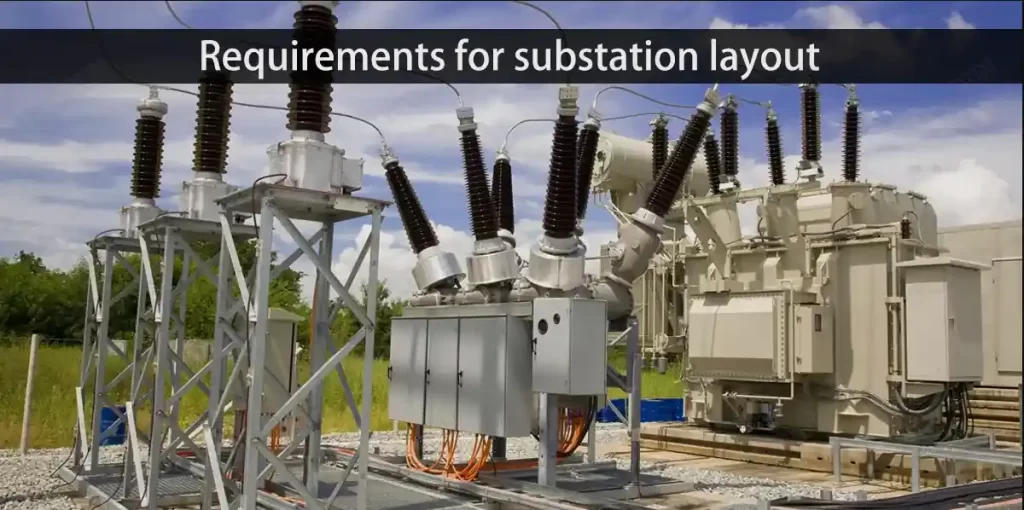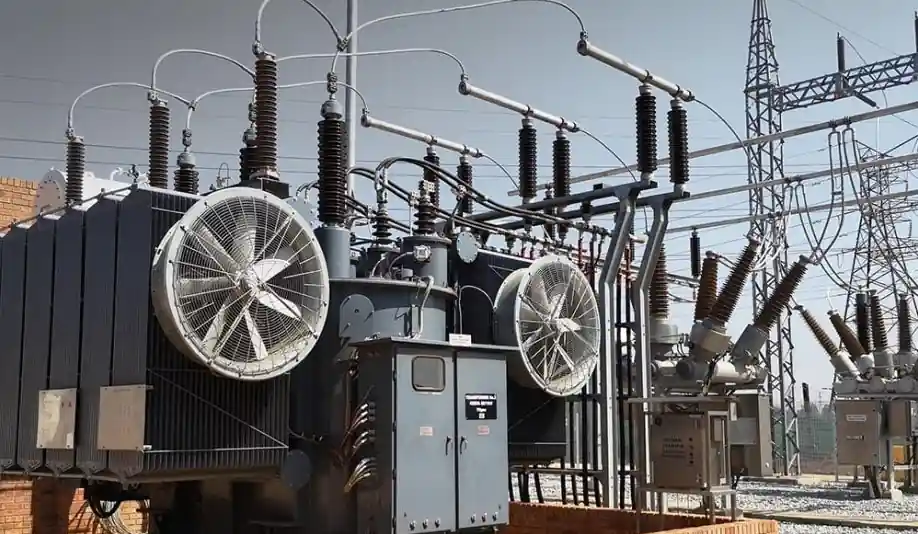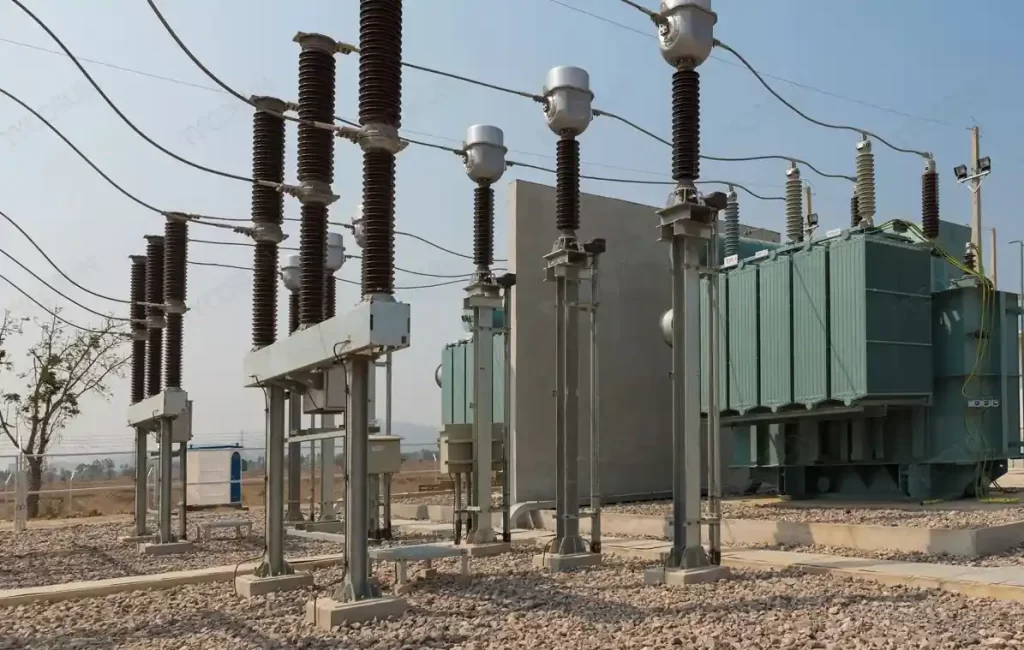Introduction to 1000 kVA Substation
A 1000 kVA substation is a medium-voltage electrical installation commonly used in industrial, commercial, and urban distribution networks. It transforms high voltage electricity (usually 10/11/13.8/33 kV) to a lower usable voltage level (typically 400/230 V) using a distribution transformer. The 1000 kVA rating refers to the apparent power capacity the transformer can deliver to the load.
This article, prepared by PINEELE, provides a detailed overview of the layout, components, design standards, technical specifications, and installation procedures for a 1000 kVA substation.

What is a 1000 kVA Substation?
A 1000 kVA substation is designed to receive electrical energy from a higher voltage transmission or distribution line and convert it to a lower voltage suitable for utilization by buildings, industries, or small grids. The station typically includes:
- A medium-voltage incoming line (e.g., 11 kV)
- A 1000 kVA transformer (oil-immersed or dry-type)
- A low-voltage distribution board (L.V. panel)
- Protection and metering equipment
- Earthing system
- Civil infrastructure (foundation, fencing, room or kiosk, cable trenches)
Technical Specifications
| Parameter | Value |
|---|---|
| Rated Power | 1000 kVA |
| Primary Voltage | 11 kV / 13.8 kV / 33 kV |
| Secondary Voltage | 400/230 V |
| Frequency | 50 Hz or 60 Hz |
| Cooling Type | ONAN (Oil Natural Air Natural) / Dry |
| Impedance | 6.25% (typical) |
| Vector Group | Dyn11 (commonly used) |
| Tap Changer | Off-circuit tap links ±2.5%, ±5% |
| Protection Devices | HV breaker, fuses, relays, MCBs |
| Installation Type | Outdoor kiosk, compact substation, or indoor room |
Key Components and Layout Structure
1. High Voltage (HV) Side
- Incoming 11/13.8/33 kV feeder cable or overhead line
- Load break switch (LBS), vacuum circuit breaker (VCB), or SF6 breaker
- Surge arresters
- Current transformers (CTs) and potential transformers (PTs)
2. Transformer Bay
- 1000 kVA oil-immersed or dry-type transformer mounted on a plinth or in a packaged kiosk
- Oil containment pit for oil-filled units
3. Low Voltage (LV) Side
- Low-voltage panel with MCCBs or ACBs
- Power factor correction (PFC) capacitor bank (optional)
- Energy meters, protection relays
4. Earthing System
- Earth rods and copper strips
- Earth pits (2 to 6 recommended)

General Arrangement Layout (GA Drawing)
A typical layout drawing includes:
- Transformer placement on RCC plinth
- HV & LV cable trenches
- Main incomer & outgoing panel room
- Access paths for maintenance
- Earthing layout and safety clearances
Installation Guidelines
Step-by-Step Process:
- Site Preparation
Level ground, drainage slope, fencing, compacted soil. - Civil Work
Construct plinths, trenches, cable ducts, and transformer oil soak pit. - Transformer Placement
Use cranes or rollers; ensure spacing and alignment. - Cable Laying
HV and LV cables laid in separate trenches. - Control Wiring & Protection
Relays, meters, SCADA (if applicable). - Earthing Connection
Resistance should be <1 Ohm. - Testing and Commissioning
Insulation resistance, ratio tests, function tests.
Safety and Compliance Considerations
- Maintain clearances as per IEC/IEEE standards
- Proper earthing and bonding of all metal enclosures
- Fire extinguisher access and signage
- Regular inspection schedule post-commissioning
- Oil leak protection pit and fire barriers for oil-type transformers
Applications of 1000 kVA Substations
- Medium-sized industries (e.g., textile, food processing, plastics)
- Large commercial buildings (malls, hospitals, offices)
- Residential townships or apartment blocks
- Educational institutions or campuses
- Renewable energy plants (as step-up or step-down units)
PINEELE Turnkey Solutions for 1000 kVA Substations
At PINEELE, we offer:
- Custom design of compact and outdoor substations
- Manufacturing of transformers, switchgear, and panels
- Site-specific layout drawings and engineering documents
- Delivery, installation, testing, and training services
- Compliance with IEC, ANSI, ISO, and local utility codes
📞 Phone: +86-18968823915
📧 Email: [email protected]
💬 WhatsApp Support Available
Frequently Asked Questions (FAQs)
Q1: How much space is needed for a 1000 kVA substation?
A: Usually 10–20 square meters for compact types, and 30–50 square meters for open installations.
Q2: What’s the difference between dry-type and oil-immersed transformers?
A: Oil-immersed units are cost-effective and suitable for outdoor use, while dry-type units are safer indoors and have lower fire risk.
Q3: Can the substation be solar-compatible?
A: Yes, PINEELE provides hybrid designs that integrate with solar inverters and smart meters.
Conclusion
A 1000 kVA substation is a reliable and scalable power distribution solution for a wide range of applications. With proper planning, quality components, and expert installation, such a system ensures long-term energy efficiency and safety.
PINEELE is your trusted partner for professional engineering, equipment supply, and complete substation solutions.
“Reliable Power for Every Application — Engineered by PINEELE.”
